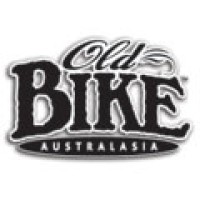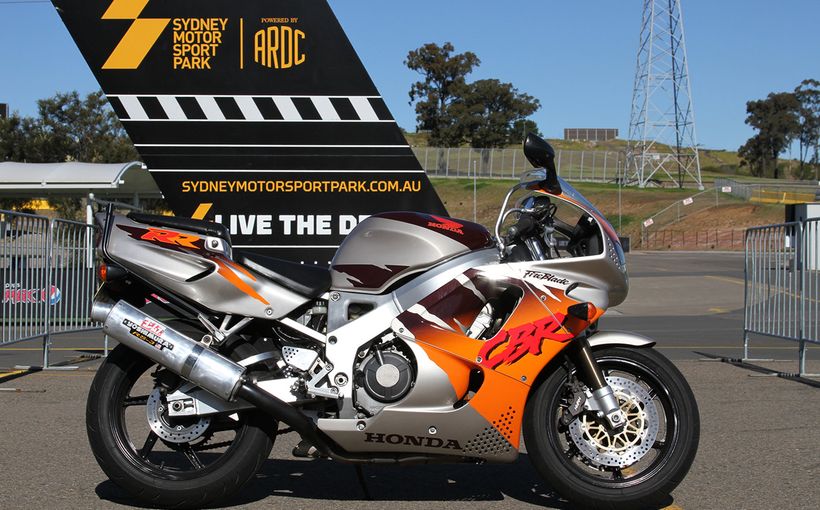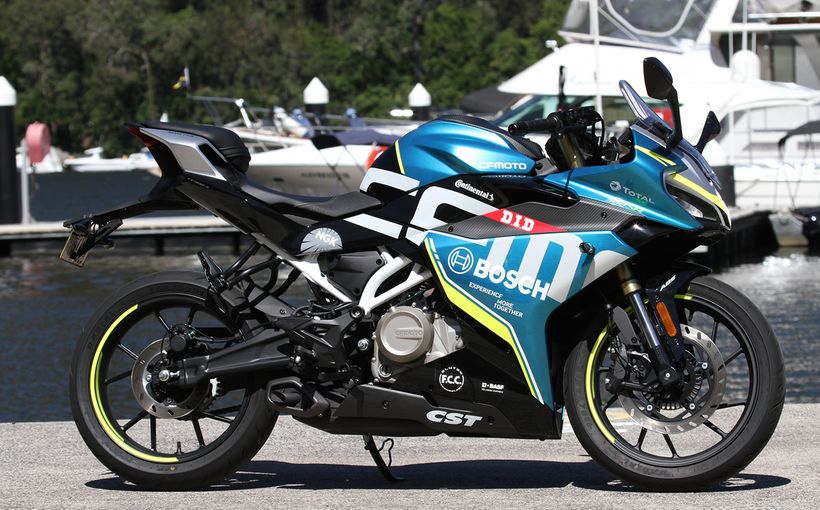
When the BMW board met in 1963 to decide whether the company would stay in the motorcycle business, it was a close-run thing. The numbers people argued that motorcycles – at least compared to cars – were unprofitable, particularly the high-end R69S, on which a considerable loss was made on each unit produced. The engineers argued that the range needed to be updated to compete with the emerging Japanese models, and this needed capital, and the marketing department agreed. The company elders, mindful of BMW’s motorcycling heritage that stretched back to The R32 of 1922, argued for the continuance of the tradition if for no other reason than tradition itself. But the truth was that the whole BMW concern had been on the skids since 1956, and it was only outside contract work like the manufacture of scooters and bubble cars under licence that kept the cash flow at subsistence level. A last-gap bank loan turned the tide, but clearly, it was time for passion and practicality to be divorced. In the end, the decision was taken to persevere with motorcycle production, and to maintain, somehow, BMW’s trademark horizontally-opposed flat twin design.
In stepped Hans-Gunther von der Marwitz, with his Porsche engine development background, starting work in 1964 with the brief to develop a new series of bikes. In addition to his engineering skills, von der Marwitz was an enthusiast, having raced a 7R AJS with some success, and he demanded that the new range should enhance the motorcycling experience rather than simply fulfilling a transport need. Hence, every aspect of the new range, referred to as the ‘slash five’ series, was looked at, not just the engine. It was however, the powerplant that was first priority, and the design that emerged, in 500 cc 600 cc and 750 cc form, was all-new, despite its external appearance. Essentially, it took the old configuration and turned it upside down, moving the camshaft to under the crankshaft and linking the two via a spring-tensioned chain rather the old gear-driven arrangement. Gone was the built-up roller bearing crankshaft, with its inherent problems in flexing and rigidity (not to mention highly complex and expensive production costs), to be replaced with a one-piece unit running in modern, multi-layer plain bearings, with a high-pressure oil feed and efficient filtration. This eliminated the bugbears of the old splash-lubrication bottom end. The connecting rods for the /5 series came from the proven and successful 2.8 litre six-cylinder engine used in BMW’s most powerful production car. Indeed the new motorcycle engines sourced the majority of their major components from the car, the only differences being in cylinder bore size and pistons, crank balance and carburation. The two smaller models used conventional Bing carburettors, while the 750 employed a new 32 mm Constant Vacuum style.

So robust was the design that it subsequently formed the basis for future engines that pushed the capacity to 900 cc and then a full litre, coping with the increased loads with no major changes or problems. The transmission, although still four-speed, also came in for a total re-think, with a new diaphragm clutch and final drive bevel gear with an in-built shock absorber. Chassis-wise, the /5 range shared nothing with its forebears. The old Earles-style leading link fork was gone, taking with it the foibles of the basic design. Because the front brake plate was anchored to the swinging fork in the Earles design, applying the brake caused the front end to rise – not necessarily a bad thing but one that imparted a curious sensation to the rider. A similar system had been employed at the rear, helping to keep the rear end level during acceleration. The new telescopic front fork provided a full 212 mm of travel, and in this case, more was not necessarily better. The extra-long fork movement was a trade-off with the marketing department that argued the cushy suspension was necessary to woo the US rider, but it severely compromised the ability of the new range in terms of ‘sports’ handling, the squashy front end giving the frame a harder task than it could cope with. The frame itself was based on the traditional double loop using oval tubing, but with the rear section bolted, rather than welded, to the front. Von der Marwitz said he deliberately engineered a degree of flexibility into the frame, as he was concerned that the torque characteristics of the engine/transmission would create a lateral movement transferred from the rear tyre to the steering head, producing a series of low-speed wobbles and high-speed head shakes. To this end, a hefty steering damper was fitted across the range, and again to woo the American market, high and wide handlebars were fitted, which only added to steering problems at higher speed. Both Metzeler and Continental developed rear tyres especially for the new range, with new constructions and increased lateral stiffness in an attempt to contain or at least mollify the chassis characteristics.
The front brake, although still a drum design, was an all-new 200 mm twin-leading shoe unit that worked exceptionally well. A single-leading shoe drum was employed at the rear. 12 volt electrics replaced the antiquated 6-volt system, with a high-output AC generator and electric starting. The use of plastic instead of metal in several areas (including the mudguards) reduced dry weight to 190 kilograms on the 750. Initially, the styling for the new range closely mirrored established BMW practice of black with white striping, or white with black striping, as well as silver, but again in deference to the US market, a new-style 15 litre petrol tank with chrome side panels was offered. This became known as the ‘Toaster’ tank, due to its visual similarity to a kitchen toaster.

As part of the continuing commercial rationalisation, complete production of the new series of motorcycles was undertaken at the Spandau factory in Berlin, rather than Munich, which thereafter produced only BMW cars. For the 1970 model year, a total of 12,287 units rolled off the production line – a healthy increase over the declining annual sales from the previous decade. By the time the /5 series gave way to the five-speed /6 range in mid-1973, 68,956 models had been produced, of which 34,397 were 750s. A notable change to the /5 specification occurred for the 1972 model year when the rear swinging arm was lengthened by 6.4 cm in the interests of improved handling, but which also created extra space behind the engine to accommodate a larger battery.
For 1972 and 1973, a much wider range of colours was available. As well as the standard black or white, metallic ‘Monza’ blue, green and gold were offered, plus Polaris Silver and Granada Red. Several European police forces used the R75/5, usually painted what was called ‘Authority Green’, and many of these models drifted into the private sector after their official duties.
In Australia, the release of the /5 range in 1970 came just in time to save the marque from virtual extinction. The twins had enjoyed reasonable popularity with the touring types during the 1960s, but they were expensive, sold through a boutique dealer network and prone to engine failures if pushed hard. With the release of the Honda CB750, priced at under $1,500, tourers had an instant alternative that boasted a high degree of sophistication, a front disc brake, five-speed transmission and a healthy dealer network with strong after-sales service.

Testing a Toaster
The late Steve Thompson was well known in Sydney historic motorcycling circles for his fascination with the Suzuki GT750 ‘Water Bottle’, but there was more to Steve’s interests than just Suzukis, which included a pristine 1972 ‘short wheelbase’ R75/5 fitted with the US ‘Toaster’ fuel tank. This one came off the production line in December 1971 and covered only 41,500 miles since. The ‘Toaster’ tank was short lived, lasting a little over one year, and part of the toaster kit was the chrome side covers which partially hide the battery. This midriff area is exposed on the European models. The 75/5 is completely original, save for an additional side stand (the original side and centre stands are still fitted). This extra stand was a very popular addition, as the BMW side stand is extremely difficult to operate, as it swivels under the left cylinder and was the cause of many a machine toppling over in the process.
Despite the fact that it is the first model of the ‘new’ chapter in the company’s motorcycling history, the R75/5 is still very definitely a traditional boxer BM – it looks like one, it sounds like one, and it rides like one. There has always been however (at least since 1969) a very definite line in the sand in the ranks of BMW riders – pre and post the /5 series and subsequent models. For the purists, anything after 1969 is but a distant relative of the Munich-produced models.
The R75/5 is not a particularly rare machine in these parts. The model sold fairly well in an era when sales across the board were sky high, and the Victoria Police used R75/5s in 1972, bolstering the second hand market a year or so later.
The ignition is activated by pressing the large, black, very Teutonic ‘key’ on the headlight – the same key fits all models, by the way. Thumbing the combined indicator lever and start button on the right handlebar brings the machine instantly to life, whereupon it settles into the familiar gentle rocking motion associated with all BMW flat twins. The clutch action is rather severe, engaging only at the very end of the lever travel, but first gear engages without undue clunking, and away we go, smooth as you like. There’s no need to buzz the BM, it seems happiest changing up in the mid range and once in top it cruises effortlessly. Handling can best be described as slightly elastic, but despite the somewhat vague feeling transmitted to the rider, it goes around corners in a completely fuss-free manner. The only real complaint is the marked front end dive when the quite effective 2LS front brake is applied. This is due to the very long travel and under-sprung forks, and was addressed in later models. But this defect is hardly noticed in normal use, when the 75/5 is at its best – loping through the country, with that lovely smooth engine pulling lustily.
There’s no denying that the R75/5 is a classic in its own right, despite the misgivings of the Munich-models-only brigade. It was the machine that allowed BMW to break out of its ultra conservative mould, and while not an earth-shattering model in itself, the R75/5 spawned a completely new generation of flat twins that are still basically in production today.
BMW R75/5 Specifications:
Engine: Twin cylinder horizontally opposed air cooled OHV twin.
Displacement: 745 cc
Bore & Stroke: 82 mm x 70.6
Compression ratio: 9:1
Power output: 50 bhp @ 6,500 rpm
Torque: 60 Nm @ 5,000
Transmission: 4 speed, shaft final drive
Front suspension: Telescopic 212 mm travel
Rear: Swinging fork 125 mm travel
Wheelbase: 1385 mm (1435 mm from 1972)
Tyres: 3.25 x 18 front 4.00 x 18 rear
Fuel capacity: 22 litre (15 litres for ‘Toaster’ tank)
Dry Weight: 190 kg
Top speed: 175 km/h
Acceleration; 0-100 km/h 6.4 seconds
Fuel consumption: 4.5 litres/100 km.
Ground clearance: 165 mm
Seat Height: 850 mm
Protect your Classic. Call Shannons Insurance on 13 46 46 to get a quote today.










